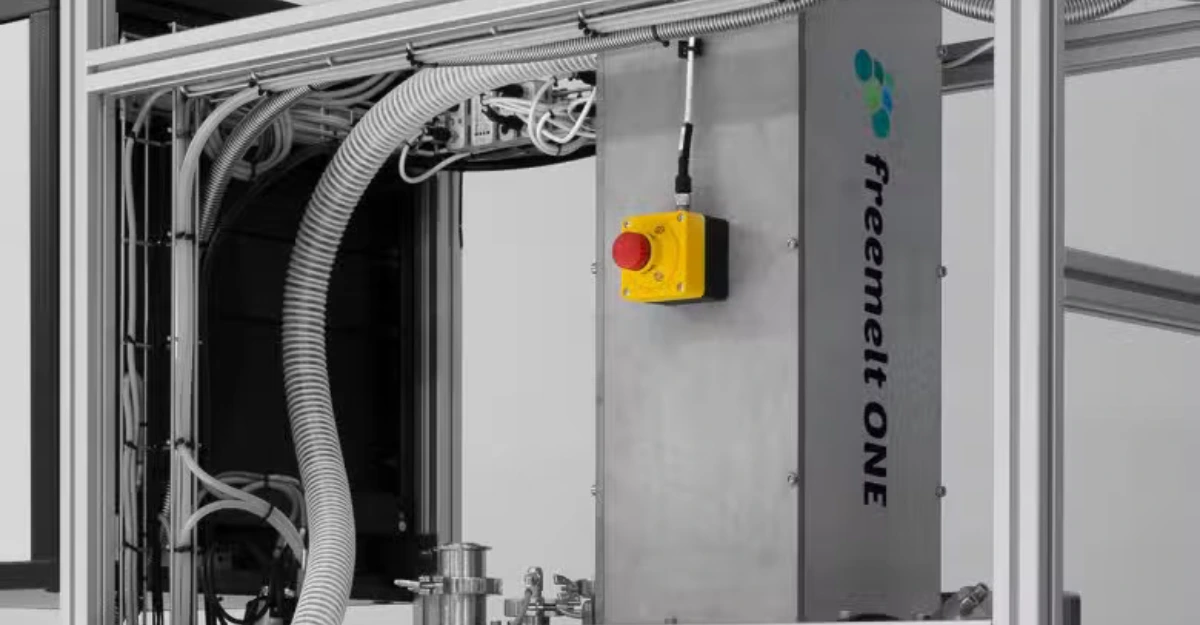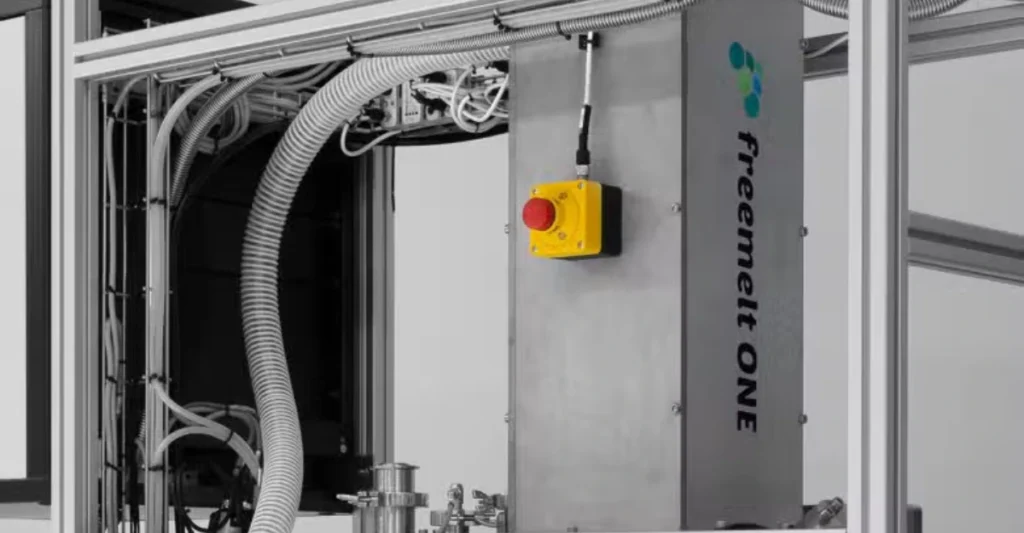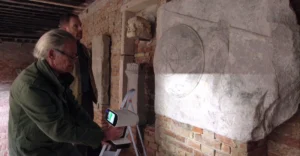Freemelt will supply UKAEA with its eMELT machine to develop 3D-printed tungsten components for next-gen fusion energy systems.
The UK Atomic Energy Authority has contracted with Swedish industrial 3D printing company Freemelt for $800,000 for an eMELT machine that will help develop tungsten components essential for fusion energy systems. The agreement is estimated at 8 million SEK and is significant towards achieving production of materials for harnessing fusion energy.
Exploring fused distinct seams in tungsten, Freemelt has been collaborating with UKAEA from April 2023 for large scale trials of 3D printed tungsten tiles for fusion reactors. Freemelt is a known name in e beam powder bed fusion (E-PBF) technology and is pursuing tests in the UK. The advanced eMELT machine will facilitate and enable UKAEA to move from proof of concept testing to mass production of high-end components for the fusion reactors. Like traditional welding, fusion reactors mimic the sun’s hot energy process. Mitigating its affections during combustion—above a hundred million degree Celsius requires extreme durable materials, such as tungsten, for the walls of the reactors. Masters of diathermy lasers, these devices assist in carving.
The investment from UKAEA confirms our position within this transforming industry fusion excellence, said Freemelt’s CEO Daniel Gidlund, further emphasizing the EPC-BFB\’s compatibility with fusion energy as another aggressive technology. The collaboration matches the growing international investment on fusion, which reached USD 7.1B in 2024 due to ITER and the UK’s STEP prototype fusion power plant. ITER will require almost 1.5 million tungsten tiles while some privates try to do small, but important, volume.
Unlike nuclear fission, fusion produces minimal long-lived radioactive waste, positioning it as a cornerstone of future decarbonized energy systems. However, commercialization hinges on overcoming engineering challenges, particularly in material science. Freemelt’s eMELT machine supports rapid prototyping and large-scale manufacturing, addressing critical bottlenecks in component production.
Investments made worldwide in fusion and its relevant technologies fusion are expected to increase by 7.4 percent every year reaching $500 billion by 2030. This is an increase from $300 billion in 2023. Through UKAEA’s public funding and private investments through ventures such as Commonwealth Fusion Systems, progress is being made. UKAEA, who spearheaded the research of fusion hopes to utilize the skills of Freemelt in order to expedite the progress made towards developing solutions of energy that are entirely emission free.
Read more : X-Bow secures $9.85M Pentagon boost for 3D printed SRM project
As fusion moves from prototype reactors to commercial power plants, the need for advanced methods of manufacturing is growing. This shift is noticeable in UKAEA’s plan for eMELT which is expected to be delivered by the end of 2024. Their proprietary development will enhance Britain’s standing in the international competition for making fusion energy usable, which would be a monumental step in the battle against climate change.
































